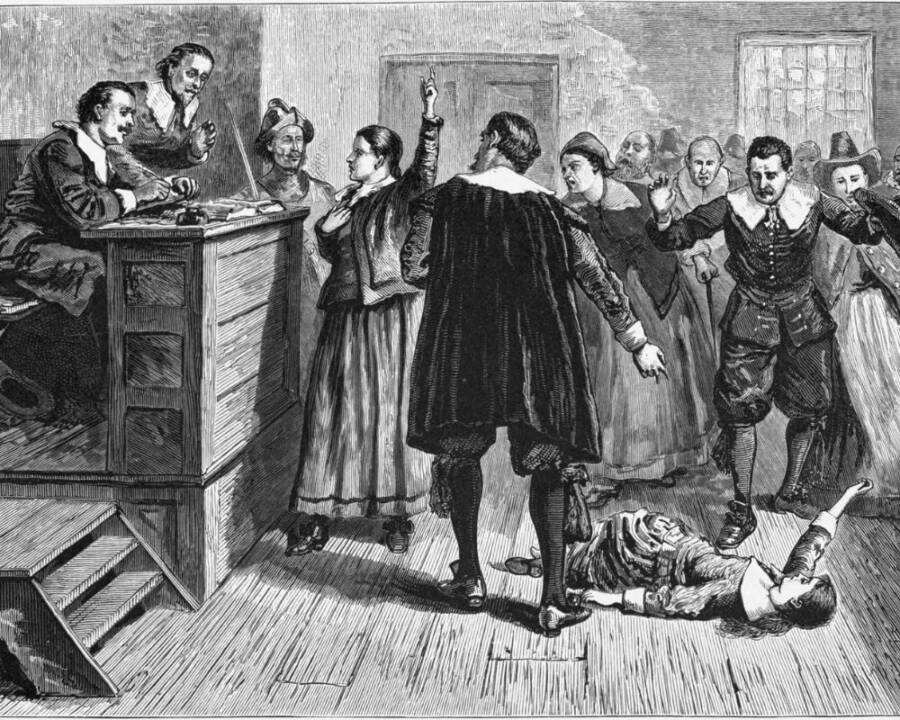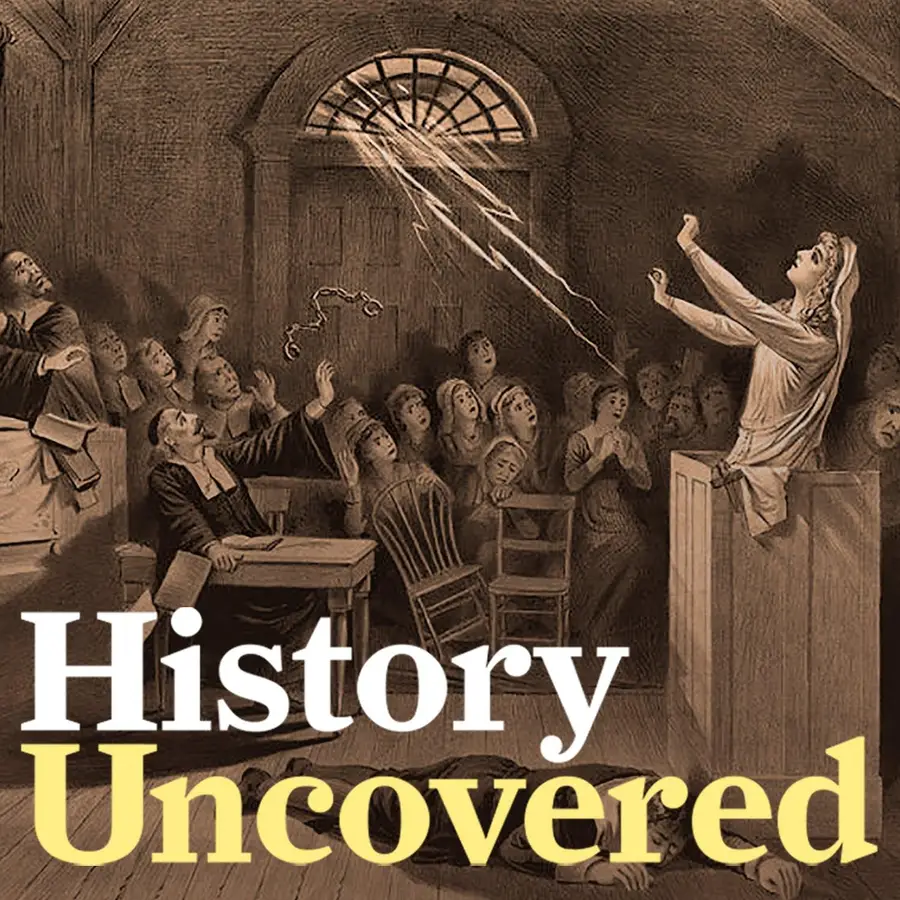From a hallucinogenic fungus to mere boredom, discover the surprising theories about what was really behind the Salem Witch Trials that rocked 1690s Massachusetts.
Beginning in the winter of 1692, the quiet Puritan settlement of Salem, Massachusetts was overcome with hysteria. Stricken with the belief that Satanic sorcerers had infiltrated their town, the people of Salem began accusing one another of witchcraft until about 150 people were arrested and 20, most of them women, were executed.
In January 1692, Samuel Parris of Salem Village approached his reverend with concern for his nine-year-old daughter Betty Parris and 12-year-old niece Abigail Williams. His girls were succumbing to “grievous fits,” he claimed. A local doctor examined Betty and Abigail and declared that they were both under the spell of witchcraft, cast by some unknown sorceress.
Abigail then accused the Parris’ female slave, Tituba, a homeless woman named Sarah Good, and an elderly woman named Sarah Osborne of being witches and causing her affliction.
The accused were brought before two male judges as their accusers looked on, spontaneously falling into spasms and screaming in pain. Good and Osborne both strongly denied that they were witches, but Tituba confessed, perhaps because it gave her the advantage of being able to point out other witches. Unlike many of the accused, Tituba managed to escape the hysteria with her life.

William A. Crafts/Wikimedia CommonsAn 1876 engraving entitled “Witchcraft at Salem Village.”
Others were not so lucky. On June 10, 1692, Salem hanged its first accused witch: Bridget Bishop, a resident who was found to have a third nipple, which the town viewed as a sign of witchcraft. Before the end of 1693, 13 more women were hanged, including a six-year-old girl. Five men were also hanged, and one was slowly pressed to death by stones. And then, as swiftly as the anti-witch paranoia had arrived in Salem, it was gone.
As if some spell had been broken, the people of Salem realized the horrors they had wrought and apologized.
In 1697, a number of jurors who had been on the trials even issued a public apology, saying, “[We] do hereby declare that we justly fear that we were sadly deluded and mistaken, for which we are much disquieted and distressed in our minds, and do therefore humbly beg forgiveness, first of God for Christ’s sake for this our error.”
In the 330 years since the Salem Witch Trials, historians have been left wondering what could possibly have caused such overwhelming and unanimous paranoia in an entire town. Theories range from the mundane to the utterly bizarre, but none of them involve the supernatural — which means that the horrors unleashed in 1692 were not caused by witchcraft, but only by the people of Salem themselves.
Learn more about the Salem Witch Trials and the theories about what may have caused them.
Learn more about the music used in our podcast. History Uncovered is part of the Airwave Media network. Learn more about your ad choices by visiting megaphone.fm/adchoices.






